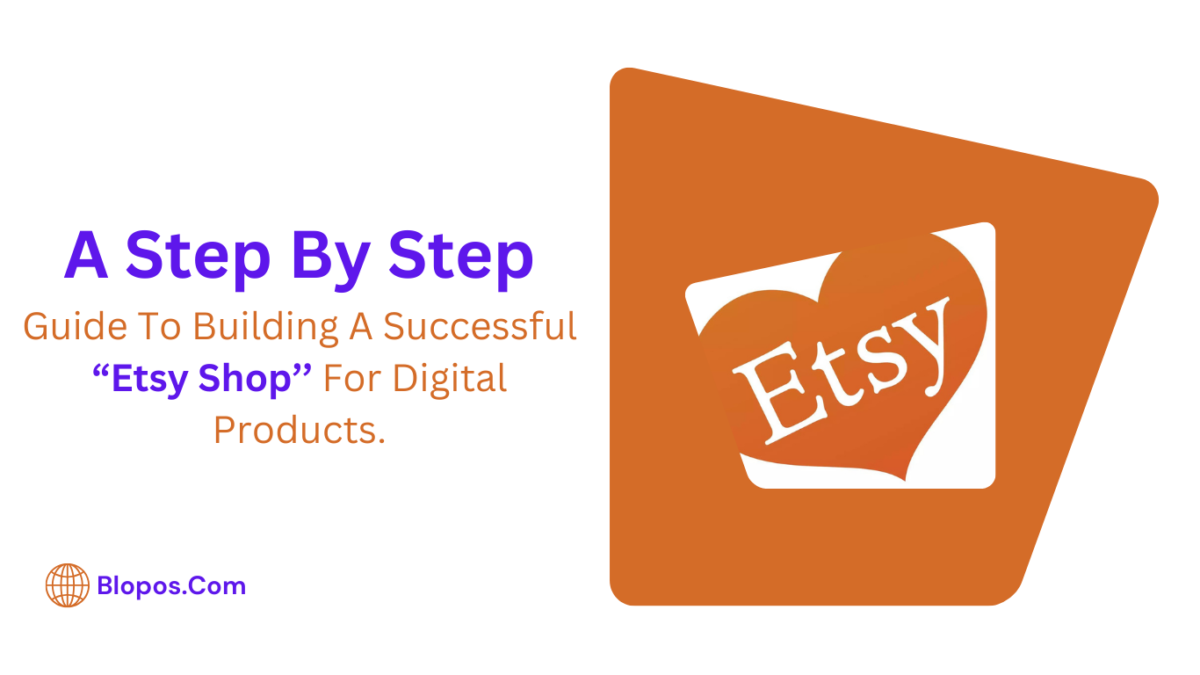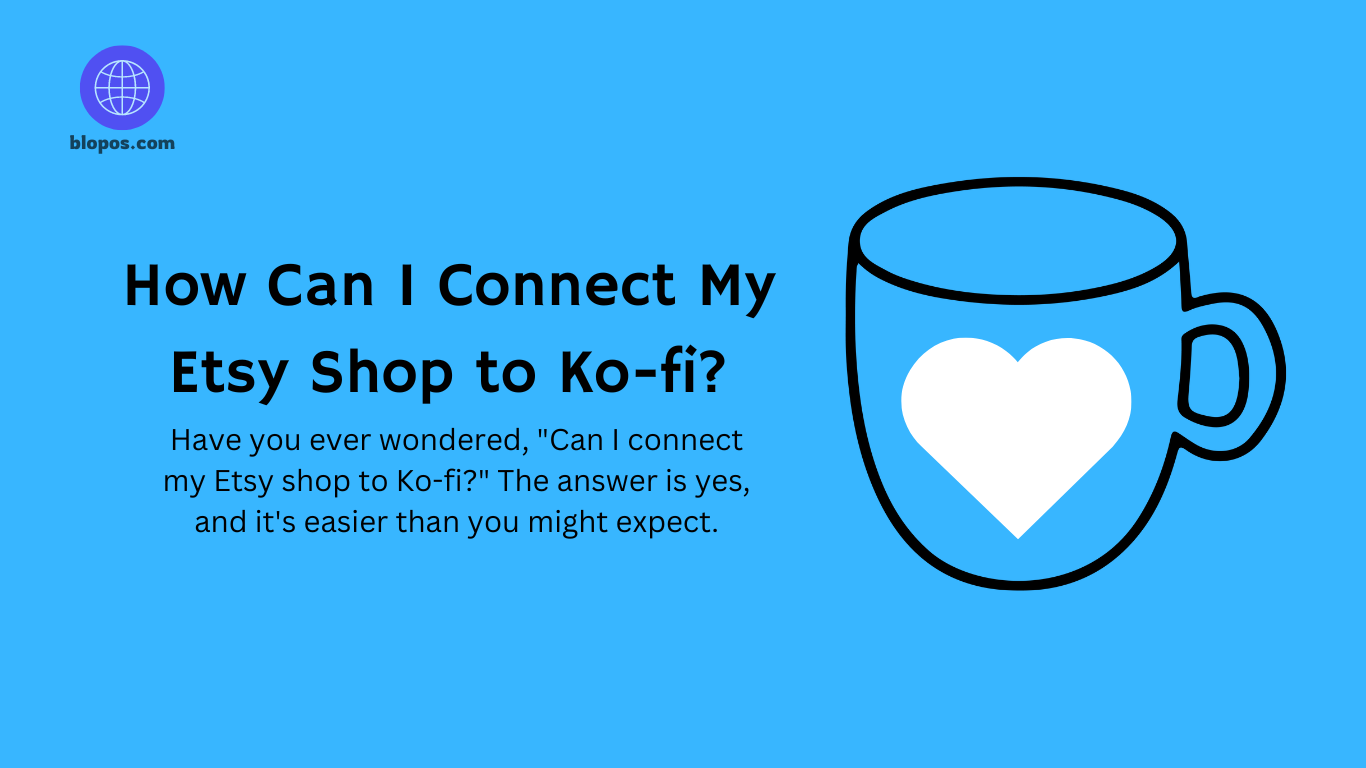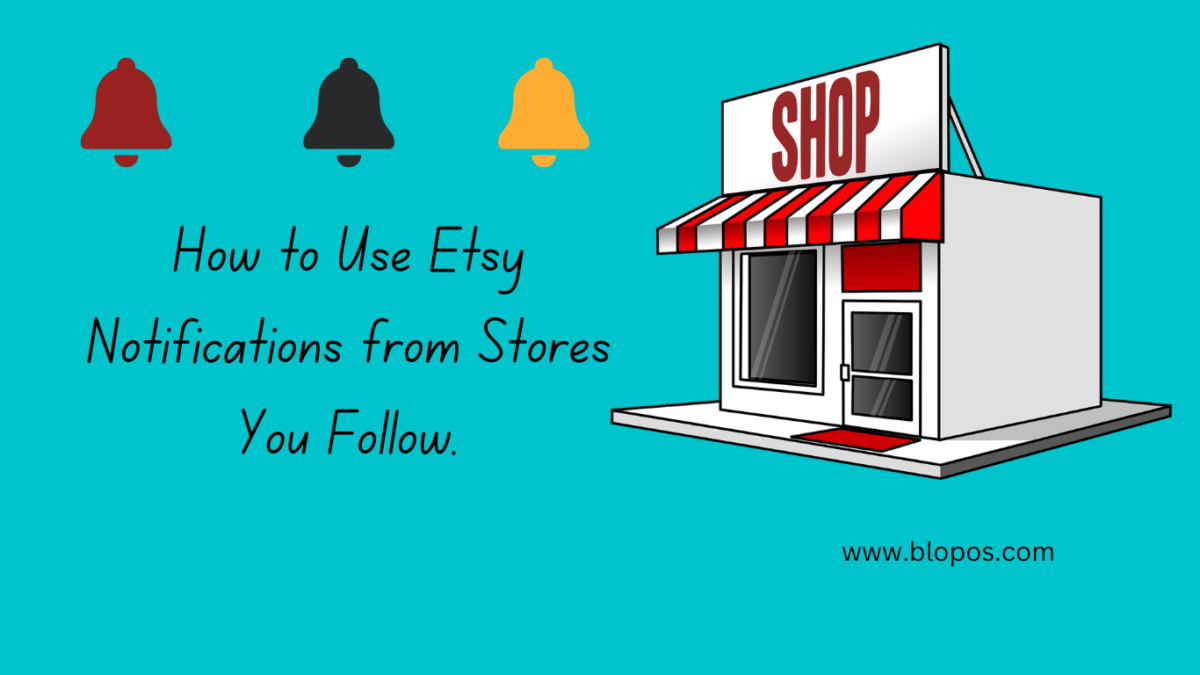How To Create Passive Income From Etsy .
Creating passive income from Etsy digital products involves setting up an online shop, creating high-quality digital products, optimizing your listings, and implementing marketing strategies. Here’s a step-by-step guide to help you get started.
A Step-by-Step Guide to Building a Successful Etsy Shop for Digital Products.
Choose Your Niche
Identify a niche or target audience for your digital products. Consider your skills, interests, and what people seek on Etsy.
Here are ten popular niches for digital products on Etsy.
Printable Planners and Organizers
Design digital planners, calendars, and organizers for various purposes, such as daily, weekly, or monthly planning, fitness tracking, and goal setting.
Digital Art and Illustrations
Create digital art prints, illustrations, and graphics that customers can download and print for home decor or personal use.
Printable Wall Art
Design digital prints for wall art, including inspirational quotes, watercolour prints, and customizable prints that customers can download and print at home.
Digital Scrapbooking Kits
Develop digital scrapbooking papers, elements, and kits that users can use to create digital or printable scrapbook pages.
Logo Templates and Branding Kits
Offer digital templates for logos, business cards, and branding materials to help entrepreneurs and small businesses establish a cohesive brand identity.
Educational Printables for Kids
Create printable educational materials for children, such as worksheets, flashcards, colouring pages, and learning games.
Social Media Templates
Design digital templates for social media graphics, Instagram posts, Pinterest pins, and other visual content that businesses and influencers can use to enhance their online presence.
Digital Invitations and Stationery
Develop digital invitations, greeting cards, and stationery for weddings, birthdays, and holidays.
Digital Fonts and Clipart
Offer unique digital fonts and clipart that customers can use for their creative projects, whether graphic design, crafting, or digital presentations.
Ebooks and Guides
Write and sell digital ebooks or guides on specific topics of interest, such as self-help, tutorials, or niche expertise.
Before choosing a niche, it’s essential to research and understand your target audience. Consider the demand for the products within the niche and ensure there is a market for your creations. Additionally, staying updated on current trends can help you identify opportunities within these niches.
Create High-Quality Digital Products
Develop valuable digital products that meet your target audience’s needs. Popular digital products on Etsy include printables, digital art, templates, planners, ebooks, and more.
Creating high-quality digital products involves developing valuable and visually appealing digital products that meet your target audience’s needs. Some popular digital products on Etsy include printables, digital art, templates, planners, ebooks, and more. When creating digital products, paying attention to the design, layout, and overall product quality is essential. Additionally, understanding your target audience’s preferences and needs can help you create digital products that are more likely to sell.
Set Up Your Etsy Shop
Create an Etsy account and set up your shop. Use a clear and attractive shop name and create a compelling shop banner and logo. Fill out your shop policies and complete the About section.
Create an Etsy Account
To set up an Etsy shop, you first need to create an account on Etsy. You can do that by visiting the Etsy website and clicking on ‘Register’ at the top right corner. You can use your Google or Facebook account to sign up or create a new one using your email address.
Start Setting Up Your Shop
After creating an account, click on the ‘Sell on Etsy’ option at the top right corner of the page. This will take you to the ‘Open Your Etsy Shop’ page, where you must provide details about your shop. This includes your shop name, the type of products you sell, and a brief description of your shop.
Choose a Shop Icon and Banner
You can choose a shop icon and banner to make your shop visually appealing. You can either upload your images or use the ones provided by Etsy.
Add Products to Your Shop
Once your shop is set up, you can add products to sell. You will need to upload images, briefly describe each product, and set a price for it.
Set Up Shop Policies
It is essential to set up shop policies to ensure that your customers know what to expect when they purchase from your shop. This includes your shipping and return policies, payment methods, and other relevant information.
Publish Your Shop
After setting up your shop, adding products, and setting up shop policies, you can publish your shop and start selling on Etsy. Congratulations!
Optimize Product Listings
Write detailed and compelling product descriptions highlighting the benefits of your digital products. Use relevant keywords in titles and tags to improve search visibility. Upload high-quality images or previews of your digital products.
Optimizing product listings refers to improving how products are presented and marketed online to increase their visibility and appeal to potential customers. This can involve various tactics, such as improving product descriptions, using high-quality images and videos, strategically placing keywords, and optimizing pricing and shipping options. The goal is to make it easier for customers to find and buy the products they are looking for while maximizing sales and revenue for the seller.
Price Your Products Competitively
Research similar products on Etsy to determine appropriate pricing. Consider the value you’re providing and the time it took to create the product. Pricing too low may devalue your work, while pricing too high may discourage potential buyers.
“Price Your Products Competitively” means setting the price of your products or services at a competitive level with similar products or services in the market. It involves analyzing your competitors’ prices and finding a balance between making a profit and attracting customers with a reasonable price. Pricing your products is essential to remaining competitive and ensuring your business remains profitable.
Leverage Etsy SEO
Optimize your product listings for Etsy’s search algorithm. Use relevant keywords in your titles, tags, and descriptions to improve the chances of your products appearing in search results. Etsy SEO is optimizing your shop and listings to rank higher in Etsy’s search results. By leveraging Etsy SEO, you can increase the visibility of your products and attract more potential customers to your shop. This involves researching relevant keywords and incorporating them into your product titles, tags, descriptions, and other listing details to help your listings appear higher in search results. Optimizing your shop policies, customer service, and shipping options can also help boost your shop’s visibility and sales.
Offer Bundles or Discounts
Offering bundles or discounts encourages customers to purchase multiple products. This can increase the average transaction value and attract more buyers. Offering bundles or discounts is a marketing strategy businesses use to increase sales and attract customers. This strategy involves offering multiple products or services at a discounted price or discounts on individual items. Bundles may also include complementary products or services related to the initial purchase. The idea behind this strategy is to encourage customers to make larger purchases by providing incentives and increasing the offer’s perceived value.
Create a Sales Funnel
Direct customers to related products within your shop. Consider creating a sales funnel by offering freebies or low-cost products as entry points, leading to more expensive items.
Creating a sales funnel involves several steps, which I’ll outline below.
Define your target audience.
You must identify your target audience before creating a sales funnel. This will help you tailor your messaging and create relevant content that will resonate with your potential customers.
Create an awareness stage.
The first stage of a sales funnel is creating awareness. This involves creating content that will attract potential customers to your business. This could be blog posts, social media content, videos, or any other content your target audience will likely consume.
Build interest
Once you have created awareness, the next step is to build interest in your product or service. This could involve providing more detailed information about your offering, showcasing customer success stories, or offering a free trial or sample.
Develop desire
Once you have built interest, the next step is to develop desire. This involves creating a sense of urgency or scarcity around your offering or highlighting the benefits your potential customers will receive by purchasing your product or service.
Call to action
The final stage of a sales funnel is the call to action. This is where you encourage your potential customers to take action, such as purchasing, scheduling a demo, or signing up for a newsletter.
Remember, creating a sales funnel is an iterative process. You may need to test different messaging, content, and offers to see what resonates with your target audience.
Build an Email List
Collect customer emails to build a list for future marketing efforts. Offer a free digital product in exchange for their email addresses. This allows you to promote new products or special offers directly to your audience.
Building an email list is a great way to connect with your audience and grow your business. Here are some steps to help you get started.
Offer something of value.
You must offer them something in return to encourage people to sign up for your email list. This could be a free ebook, a discount code, or access to exclusive content.
Use a sign-up form
Make it easy for people to sign up for your email list using a sign-up form on your website or social media pages. Be sure to include a clear call to action that explains the benefits of signing up.
Promote your list
In your email signature, include a sign-up link, business cards, and social media profiles to spread the word about your email list.
Provide valuable content
Once people have signed up for your email list, deliver valuable content that keeps them engaged and interested in your brand. This could include blog articles, product updates, or special offers.
Monitor your metrics
Track your open and click-through rates to see how your email list performs. Use this data to improve and tailor your content to your audience’s needs.
Promote on Social Media
Share your products on social media platforms to increase visibility. Create engaging content related to your digital products and use relevant hashtags to reach a broader audience. There are several ways you can promote on social media. You can start by creating engaging content your audience would love to see and share. You can also use paid advertising on social media platforms to reach a larger audience. Additionally, you can collaborate with influencers or other businesses to expand your reach. Having a clear strategy and goals when promoting on social media is essential to ensure that your efforts are practical and efficient.
Consider Paid Advertising
Explore paid advertising options on Etsy or external platforms to promote your digital products. Etsy Ads can help increase visibility within the Etsy marketplace. Paid advertising refers to placing ads on digital platforms such as search engines, social media, or websites in exchange for payment. This can be a great way to increase visibility and drive traffic to your business or website. However, it’s essential to weigh the costs and benefits carefully before investing in paid advertising to ensure that it aligns with your overall marketing strategy and budget.
Monitor and Adjust
Review your Etsy shop analytics to understand what works and needs improvement. Adjust your strategies based on customer behaviour and market trends.
Remember, building passive income takes time and effort. Consistently providing high-quality products, optimizing your shop, and promoting effectively will contribute to the long-term success of your Etsy digital products.
Create an Etsy Account
To set up an Etsy shop, you must create an account on Etsy. You can do that by visiting the Etsy website and clicking on ‘Register’ at the top right corner. You can use your Google or Facebook account to sign up or create a new one using your email address.
Start Setting Up Your Shop
After creating an account, click on the ‘Sell on Etsy’ option at the top right corner of the page. This will take you to the ‘Open Your Etsy Shop’ page, where you must provide details about your shop. This includes your shop name, the type of products you sell, and a brief description of your shop.
Choose a Shop Icon and Banner
You can choose a shop icon and banner to make your shop visually appealing. You can either upload your images or use the ones provided by Etsy.
Add Products to Your Shop
Once your shop is set up, you can add products to sell. You will need to upload images, briefly describe each product, and set a price for it.
Set Up Shop Policies
It is essential to set up shop policies to ensure that your customers know what to expect when they purchase from your shop. This includes your shipping and return policies, payment methods, and other relevant information.
Publish Your Shop
After setting up your shop, adding products, and setting up shop policies, you can publish your shop and start selling on Etsy.



